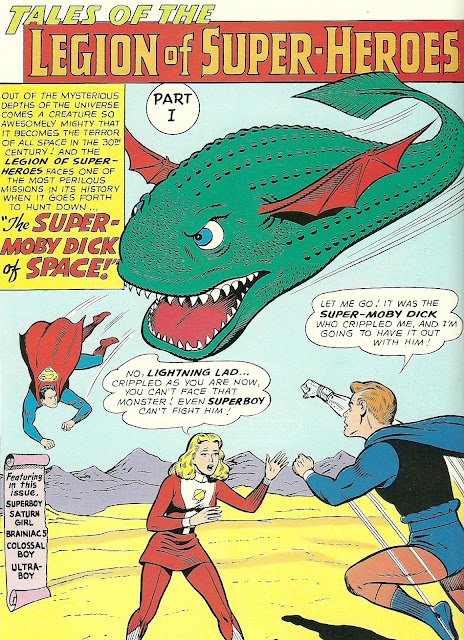Starfleet may have faced similar issues, as the apparent lowest flag rank (apparent because the uniform couldn't have fewer rank markings) gets addressed "Admiral" in early TNG.
Might still be those are Commodores since the rank never really appears to go away, getting mentions in ENT, TOS, TOS movies and now PIC even if there are only Okudagram mentions in TNG/DS9/VGR...
I have a couple of headcanon variations on that: a) They are Commodores that are assigned to the Admiralty rather than a field assignment, so get the "rank up" as a courtesy; or b) Mistake by the wardrobe department. Related to the second point, I've occasionally wondered if VADM Hansen from BOBW was originally intended to be Gregory Quinn -- Riker is familiar with the man, he's implied that he'd been a regular visitor, and Quinn offering the Academy CO post (at least a 2-pip billet) to Picard in Conspiracy makes more sense if he himself is a two or three-piper.
Moreover, if the Navy thought they were addressing the hurt feelings of commodores who wanted to be admirals, all they had to do was change the rank to counter admiral, already in widespread use at the equivalent rank in NATO countries.
And since the USN went with two forms of rear admiral, there isn't any reason why two different translations of the same title couldn't be used for one-star and two-star flag officers.
Personally, if they were to adopt a different name for the OF-6 rank then using Flotilla Admiral, which neatly parallels Brigadier General, would have been a suitable choice. Using Division Admiral as others do would mean "demoting" the rank of Rear Admiral, and Group Admiral (not a real rank, but logically formed by "Admiral Commanding a Task Group or Strike Group") has similar issues.


 . Best to have omitted the whole scene.
. Best to have omitted the whole scene.
